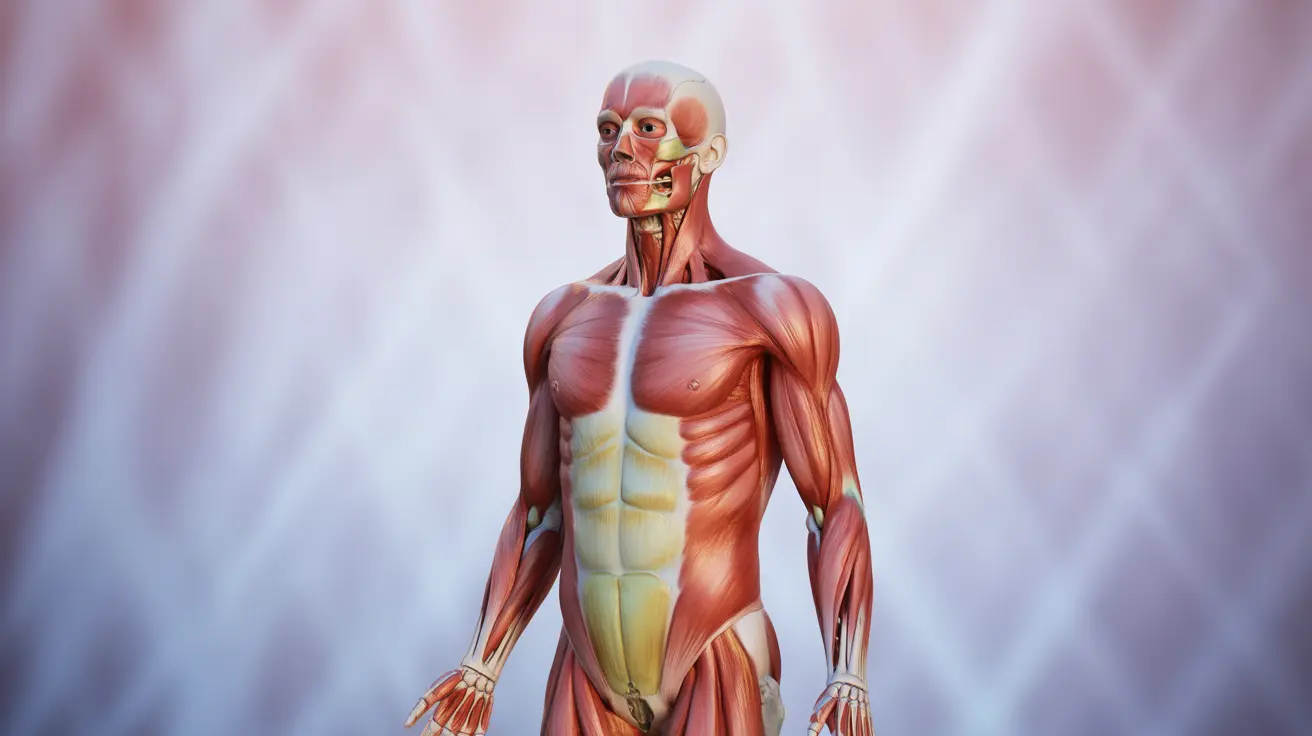Somatic pain is a common type of physical discomfort that affects the body's tissues, including muscles, bones, joints, and skin. This distinct form of pain plays a crucial role in alerting us to potential injury or damage, helping protect our bodies from further harm. Understanding somatic pain is essential for proper diagnosis and effective treatment.
Unlike other types of pain, somatic pain has specific characteristics that make it identifiable and treatable. This comprehensive guide will explore the nature of somatic pain, its symptoms, treatment options, and strategies for management.
Characteristics and Symptoms of Somatic Pain
Somatic pain typically presents with several distinctive features that set it apart from other types of pain:
- Sharp or aching sensation
- Well-localized to a specific area
- Often increases with movement
- May be accompanied by tenderness
- Usually responds to touch or pressure
The intensity of somatic pain can vary from mild discomfort to severe pain, depending on the underlying cause and extent of tissue damage. People experiencing somatic pain often describe it as sharp, stabbing, or throbbing, making it easier for healthcare providers to diagnose.
Common Causes of Somatic Pain
Several conditions and injuries can lead to somatic pain:
- Muscle strains and sprains
- Bone fractures
- Joint injuries
- Cuts and abrasions
- Post-surgical pain
- Arthritis
- Sports injuries
Understanding the root cause of somatic pain is crucial for determining the most effective treatment approach and preventing chronic pain development.
Treatment Options and Pain Management
Managing somatic pain often requires a multi-faceted approach that may include:
Medical Interventions
- Pain medications (NSAIDs, acetaminophen)
- Physical therapy
- Local anesthetic injections
- Anti-inflammatory medications
- Muscle relaxants when appropriate
Self-Care Strategies
- Rest and activity modification
- Ice or heat therapy
- Gentle stretching exercises
- Proper posture maintenance
- Ergonomic adjustments
Prevention and Lifestyle Modifications
Preventing conditions that lead to somatic pain often involves making positive lifestyle changes:
- Regular exercise to strengthen muscles
- Maintaining proper posture
- Using correct lifting techniques
- Staying physically active
- Maintaining a healthy weight
- Getting adequate sleep
- Following a balanced diet
Frequently Asked Questions
What are the symptoms of somatic pain and how is it typically described?
Somatic pain is typically described as sharp, aching, or throbbing. It's usually well-localized, meaning you can point to exactly where it hurts. The pain often worsens with movement and may be accompanied by tissue tenderness or sensitivity to touch.
How do you treat somatic pain, and what self-care methods can help manage it at home?
Treatment options include over-the-counter pain medications, physical therapy, and prescribed medications when necessary. Self-care methods include rest, ice/heat therapy, gentle stretching, and proper posture maintenance. Many people find relief through a combination of medical treatment and self-care strategies.
Can injuries like cuts or muscle strains cause chronic somatic pain?
Yes, while most acute injuries heal completely, some can develop into chronic somatic pain if not properly treated or if there's underlying tissue damage. Factors such as severity of the initial injury, treatment approach, and individual healing capacity can influence whether acute pain becomes chronic.
What is the difference between somatic pain and visceral pain in terms of symptoms and causes?
Somatic pain is typically well-localized and sharp, originating from tissues like muscles, bones, and skin. Visceral pain, however, comes from internal organs, is often poorly localized, and tends to be described as deep, cramping, or pressure-like. The causes also differ, with somatic pain usually resulting from external injuries or tissue damage, while visceral pain stems from organ dysfunction or disease.
How can lifestyle changes, such as diet and exercise, help reduce the risk of developing conditions that lead to somatic pain?
Regular exercise strengthens muscles and improves flexibility, reducing the risk of injuries that cause somatic pain. A healthy diet supports tissue repair and maintains proper body weight, decreasing stress on joints and muscles. Combined with good posture and proper body mechanics, these lifestyle changes can significantly reduce the risk of developing conditions that lead to somatic pain.




